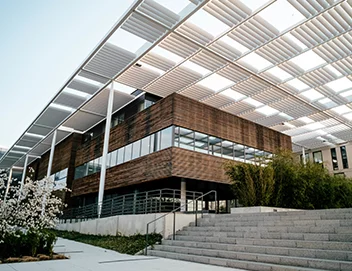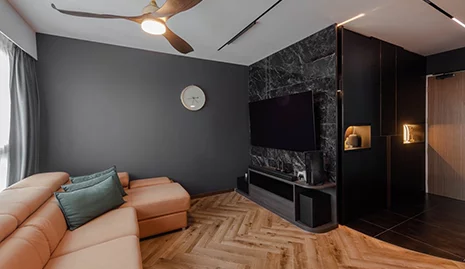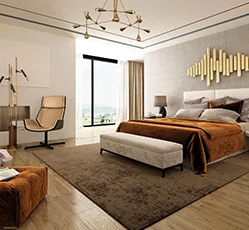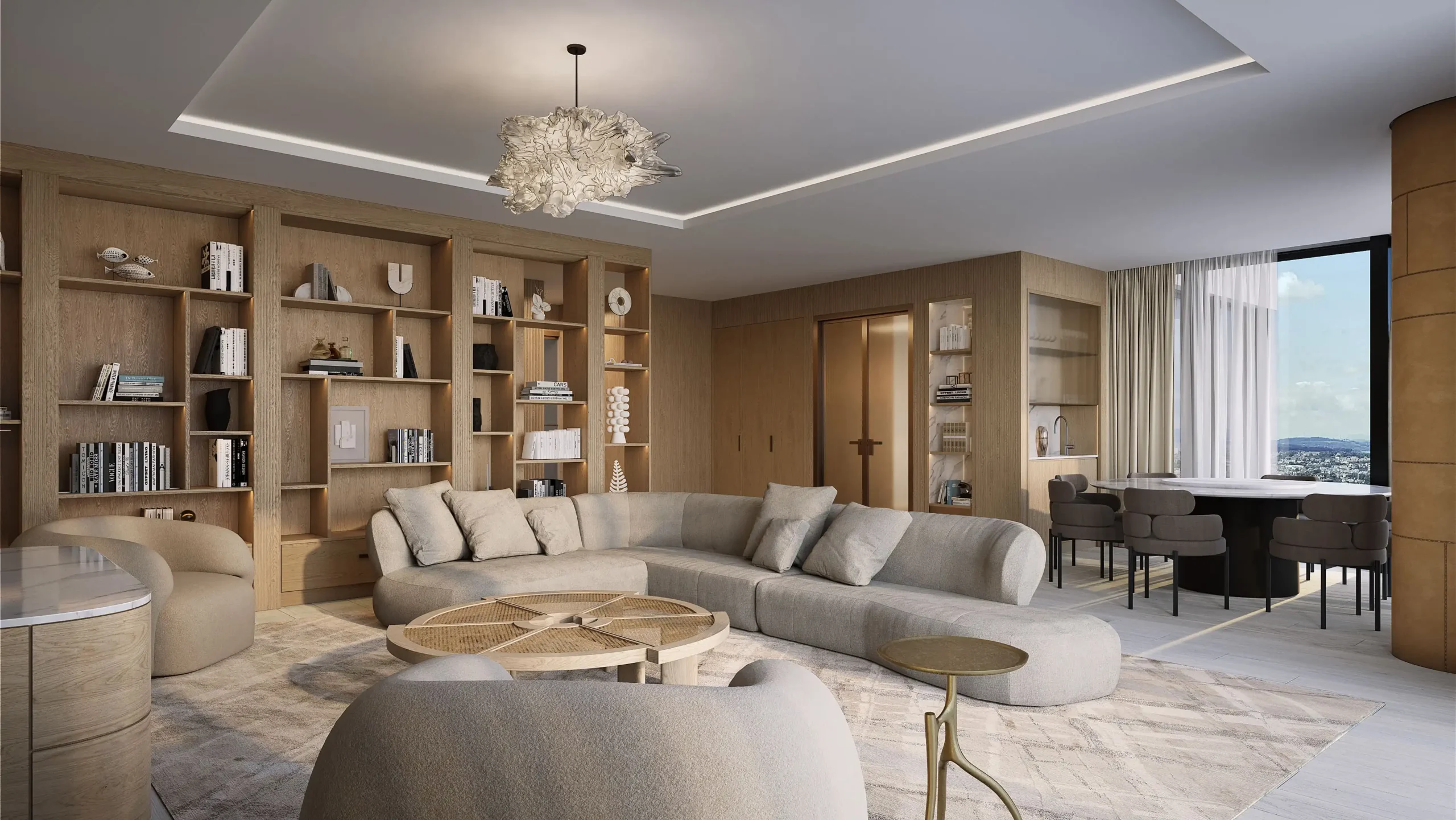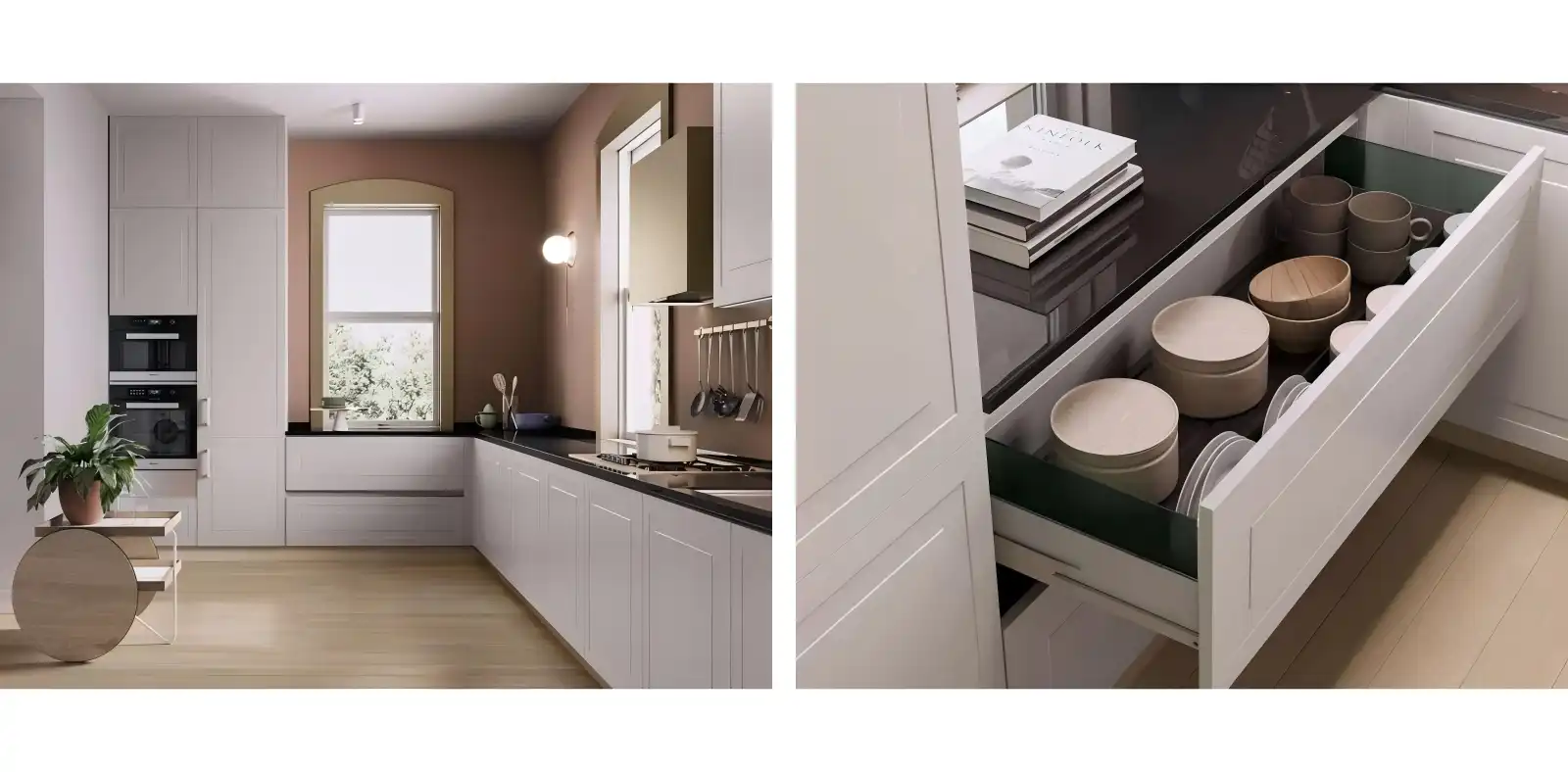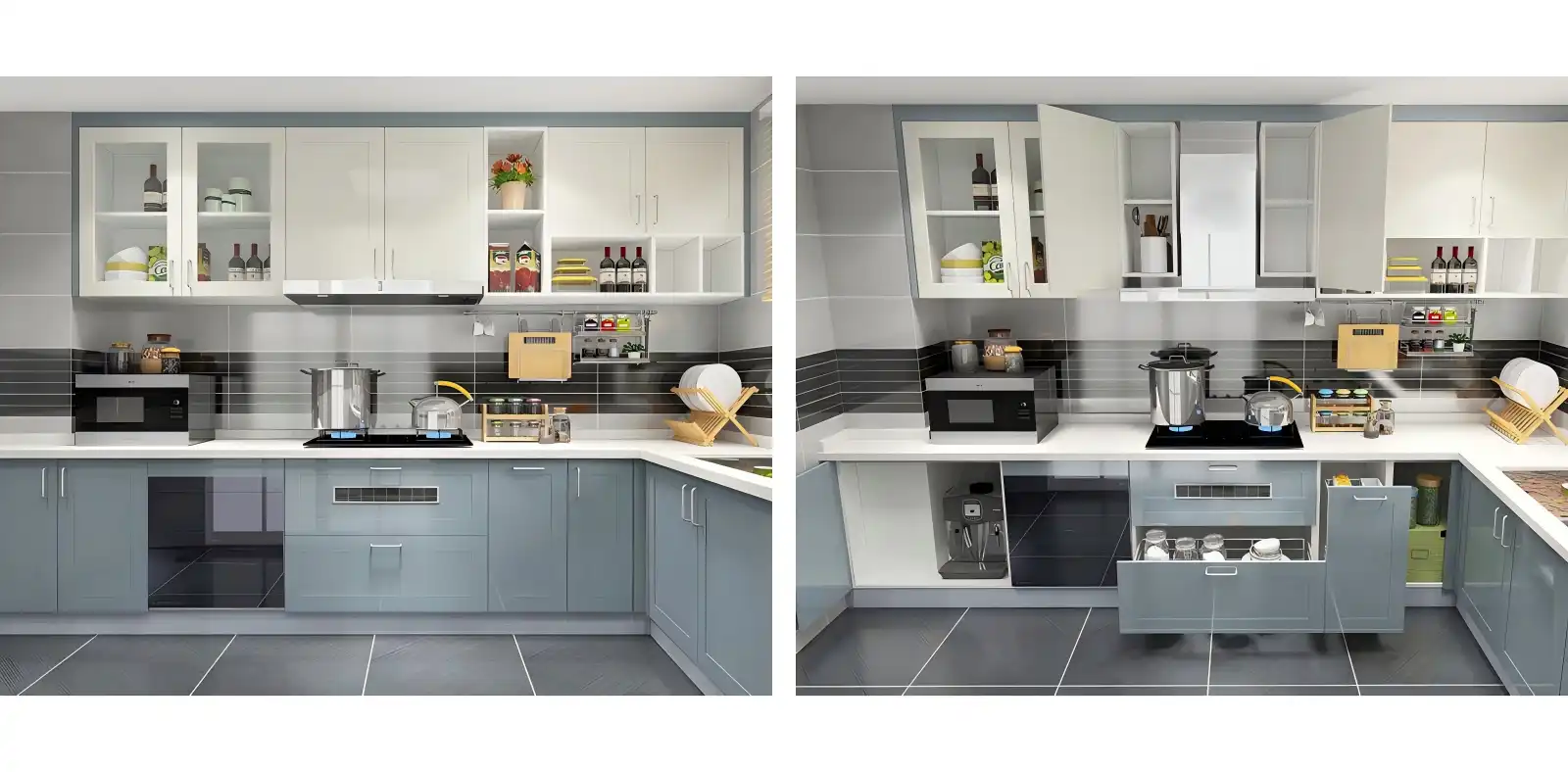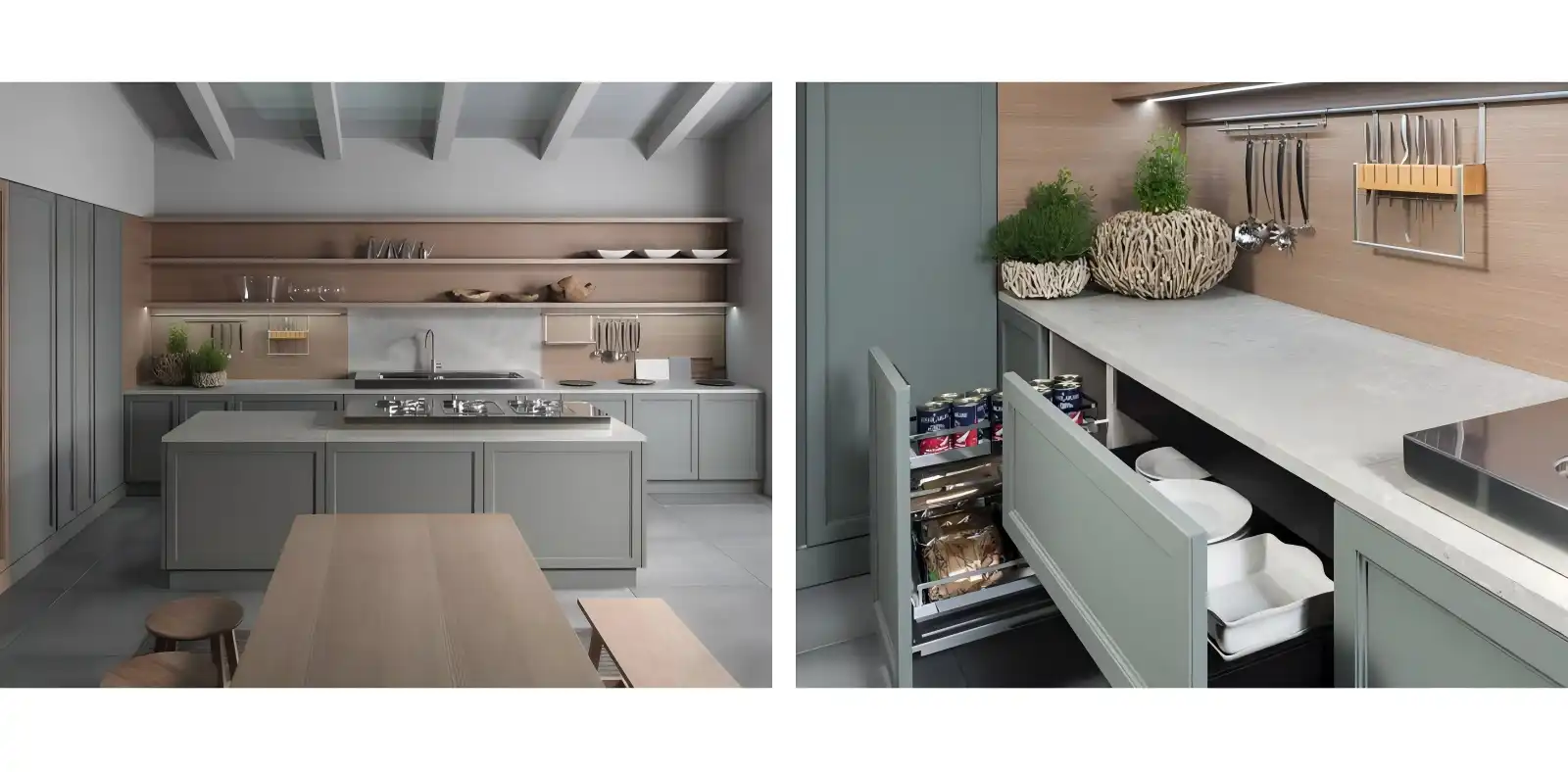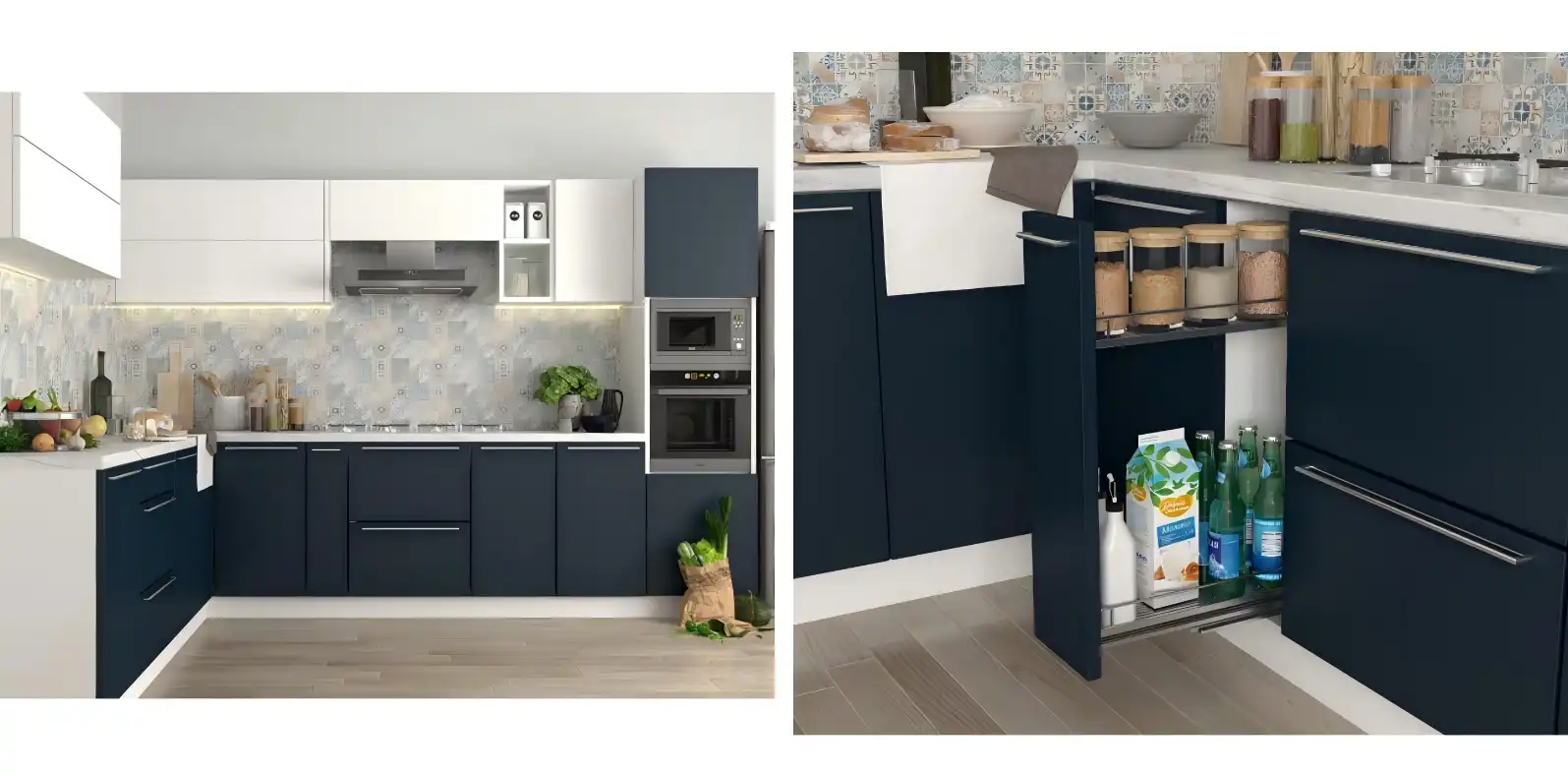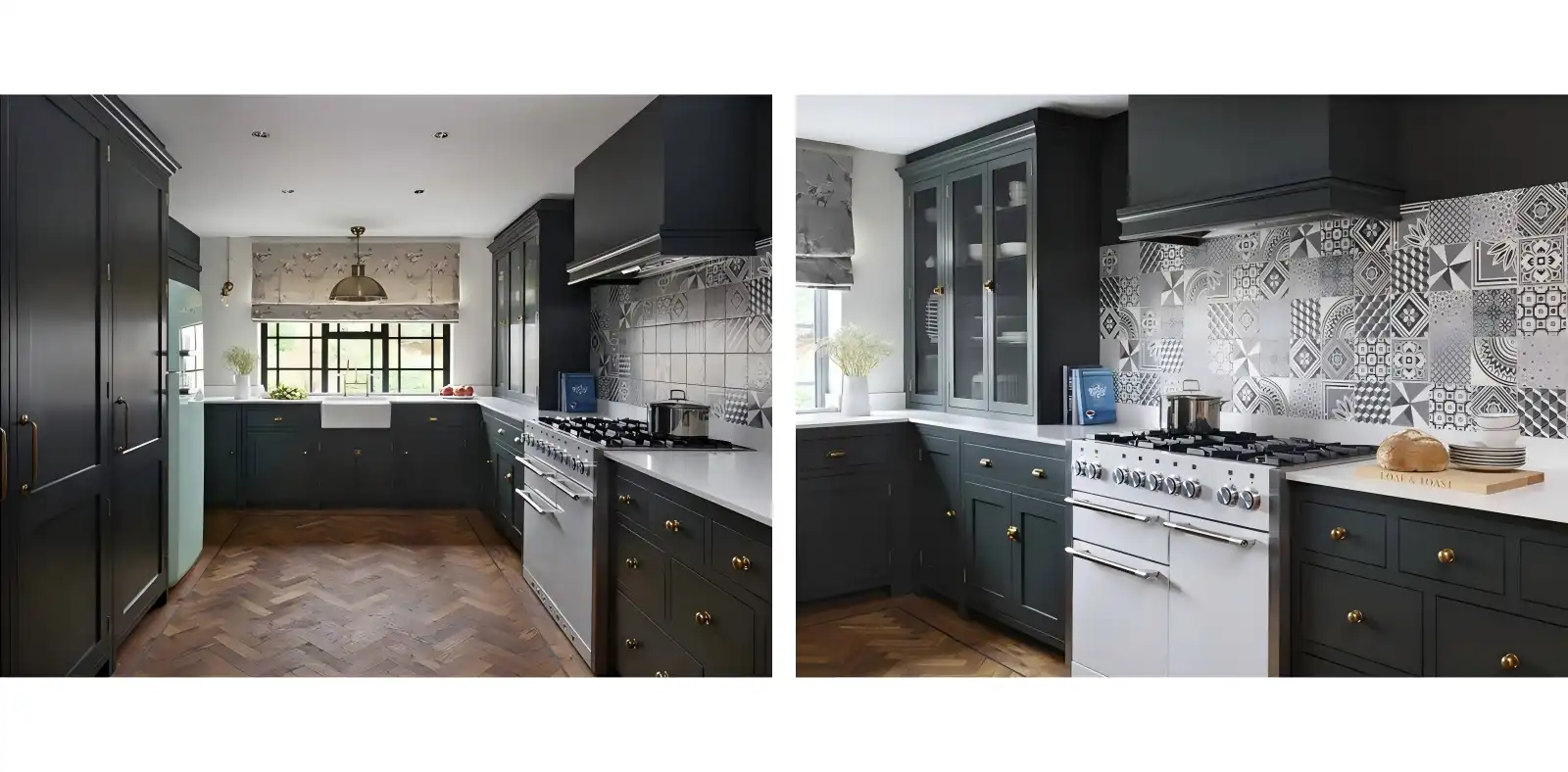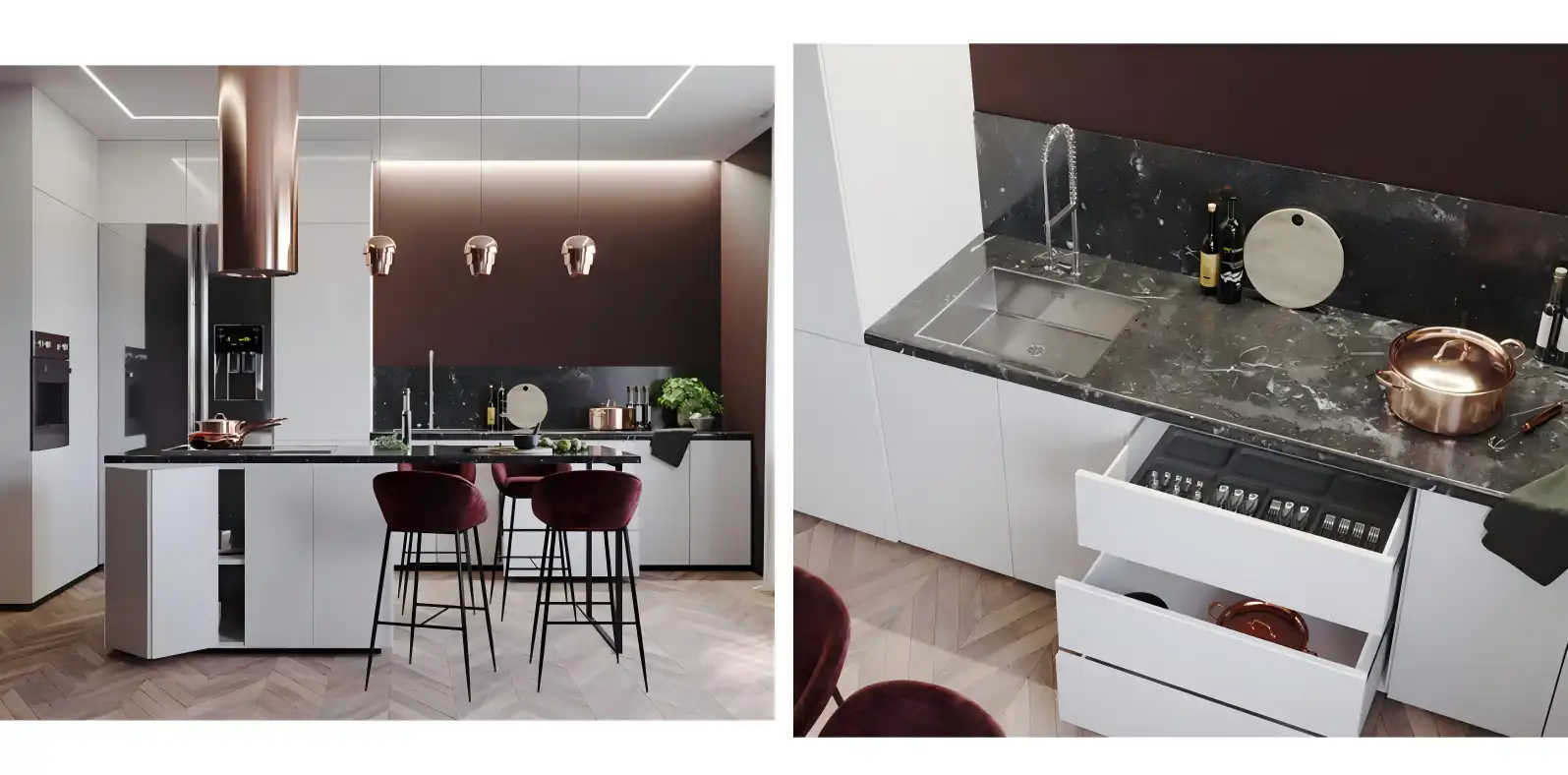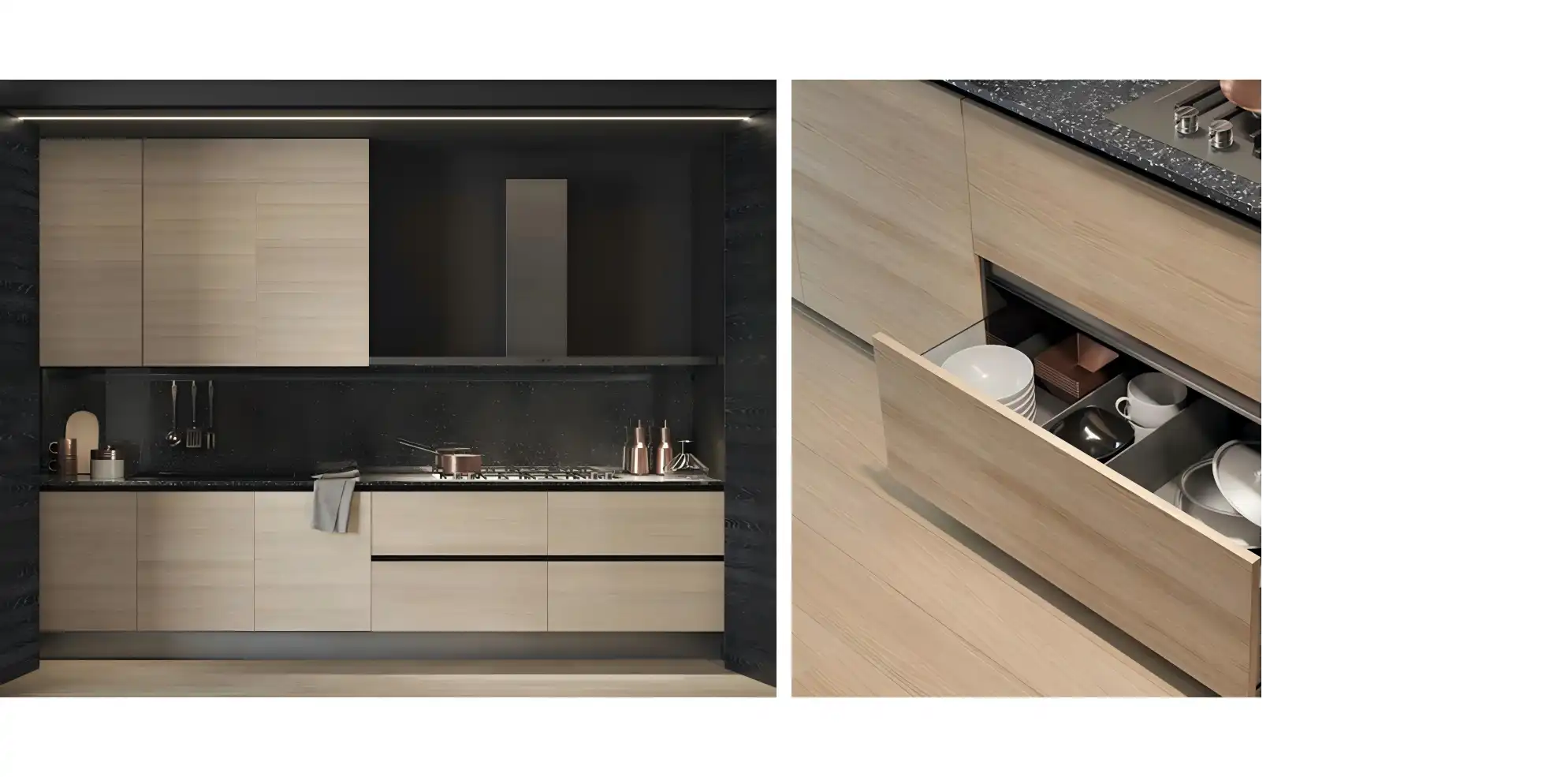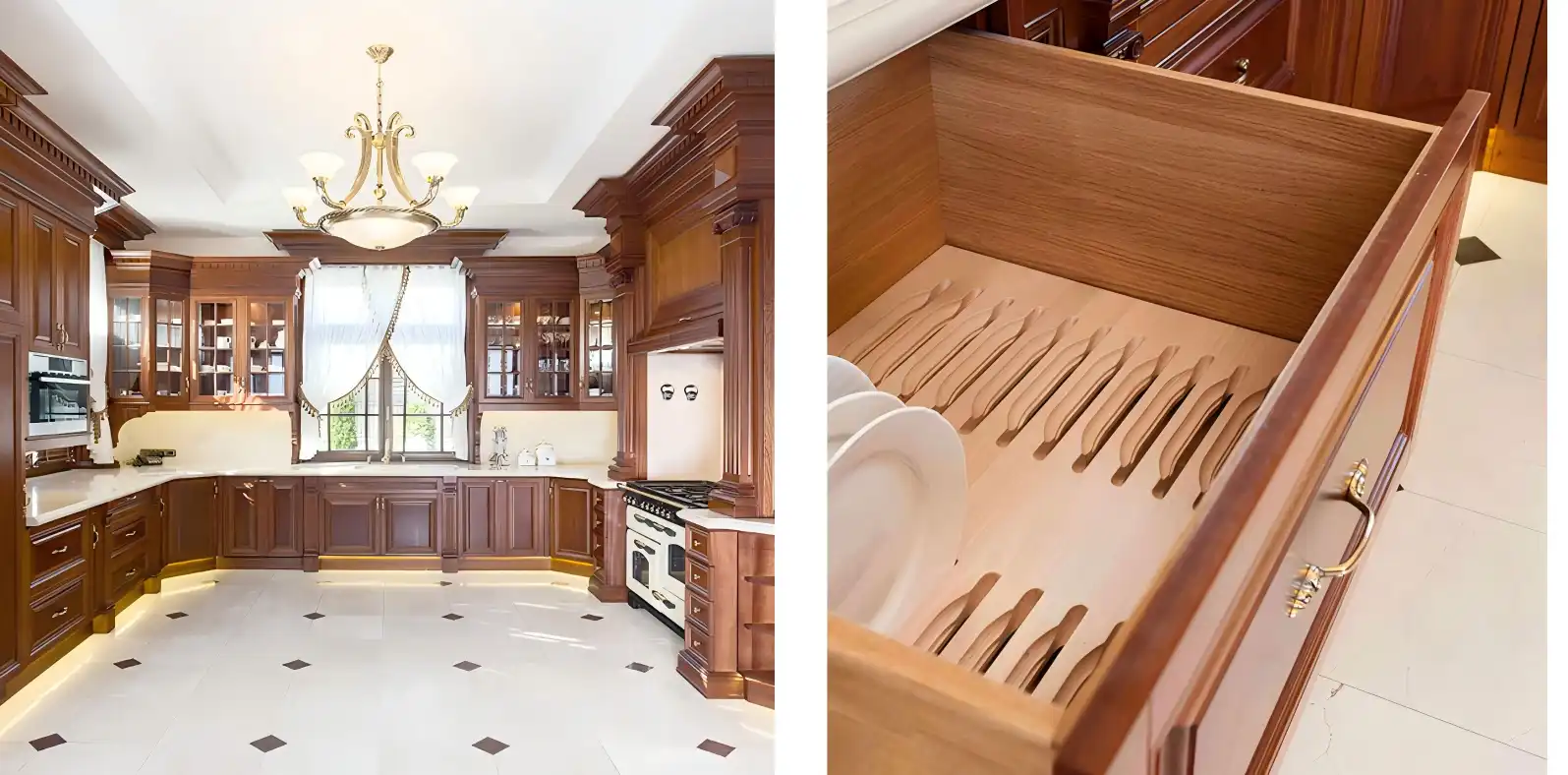Your Complete Guide to Kitchen Base Cabinets: Style, Function, and Value While countertops and appliances often get the most attention, the true backbone of an efficient kitchen is its kitchen base cabinets. These foundational units do more than just provide storage; they define your workspace, support your daily routines, and set the tone for your kitchen’s aesthetic. Making informed decisions about your base cabinets is the key to creating a space that is both highly functional and beautifully cohesive.
Related Articles:
The best trends in the kitchen For 2026
Kitchen Base Cabinets: The Invisible Backbone of Kitchen Design
In any kitchen renovation, the spotlight often falls on stunning countertops and smart appliances. However, the true hero of an efficient and beautiful kitchen is its unassuming kitchen base cabinets system. These floor-mounted units do more than just store your dishes and pans. They fundamentally shape your kitchen’s workflow, define its layout, and set the visual tone for the entire space. Choosing the right kitchen base cabinets requires a careful balance of ergonomics, material science, and an honest look at your daily life.
Redefining Modern Kitchen Base Cabinets Systems
Think of kitchen base cabinets as the foundation of your kitchen. They are the sturdy, floor-level units that directly support your countertops. Standard dimensions are typically 34.5 inches in height and 24 inches in depth, engineered to comfortably hold heavy stone surfaces while offering ample storage.
Inside, a mix of drawers, shelves, and pull-outs creates an organized home for everything from dinnerware to small appliances. Unlike wall cabinets, kitchen base cabinets form the kitchen’s primary work layer, determining where your sink, cooktop, and drawers will go. Modern systems integrate advanced features like soft-close hinges and full-extension slides, making them a joy to use every day.
Kitchen Base Cabinets: Dimension Standards and Regional Variations
Getting the dimensions right is the first step to a comfortable kitchen. The standard 34.5-inch cabinet height, plus a 1.5-inch countertop, creates a 36-inch work surface—a height proven to reduce back strain. The 24-inch depth is a sweet spot, offering deep storage without intruding too far into the room. Widths are highly modular, starting from 9 inches and going up to 48 inches in 3-inch increments, allowing for a perfect custom fit.
It’s fascinating to see how these standards vary globally. North America sticks to the measurements above, while European kitchens often use a 720mm (about 28.3-inch) cabinet height. Always double-check your appliance specifications against your cabinet dimensions; a mismatch of just a few millimeters can cause a major installation headache.
Function-Oriented Kitchen Base Cabinets Type Selection
Today’s kitchen base cabinets are designed for specific tasks. Drawer-style cabinets with full-extension slides are champions of accessibility, bringing every pot and pan to the front with a gentle pull. Door cabinets have evolved with integrated pull-out shelves and dividers to keep bakeware tidy.
Corner cabinets, once a black hole for storage, are now incredibly efficient with rotating carousels or clever angled drawers that can increase usable space by over 40%. Specialized cabinets for sinks and appliances are also crucial, featuring water-resistant materials and reinforced structures to handle their unique demands.
Kitchen Base Cabinets: A Technical and Economic Look at Materials
The choice of material for your kitchen base cabinets is a critical decision that balances long-term durability with your immediate budget, directly impacting the cabinet’s ability to withstand daily wear, moisture, and weight while defining its aesthetic character.
For areas prone to moisture, like around the sink, multi-layer solid wood panels offer superior strength and resistance to warping. Medium Density Fiberboard (MDF) provides an impeccably smooth surface perfect for a painted finish, though it requires a proper moisture barrier. While economical, particleboard is less durable and susceptible to swelling in humid conditions, making it a lower-cost option with potential compromises.
High-end markets often favor composite structures that marry the beauty of wood veneers with the stability of engineered substrates, and for surfaces, durable options like Thermofoil and matte PET laminates are becoming the new standard for their scratch and fingerprint resistance.
The Ergonomic Layout Revolution
How you arrange your kitchen base cabinets dictates how you move in your kitchen. The classic “work triangle” concept comes to life through cabinet placement. An L-shaped layout, using cabinets on two walls, is perfect for smaller kitchens, proven to cut down walking distance by 35% compared to a single-wall design. A U-shaped layout with cabinets on three walls creates a generous work surface ideal for multiple cooks.
Don’t forget the walkways. A minimum clearance of 48 inches between parallel countertops is recommended for comfortable movement and opening appliances. The newer “zoned design” approach takes this further, grouping base cabinets into dedicated washing, prep, and cooking areas to streamline your workflow.
2025 Kitchen Base Cabinets Trends: An In-Depth Look
Kitchen aesthetics are shifting towards “quiet luxury.” Matte finishes in deep, muted colors like charcoal and navy blue are dominating new designs, valued for their sophisticated look and ability to hide fingerprints. Handleless cabinets, which open with a gentle push, contribute to a clean, minimalist aesthetic.
Sustainability is also a major driver. The use of certified wood and low-VOC paints is now commonplace. A revolutionary “circular design” concept is emerging, with some manufacturers creating base cabinets designed for disassembly and recycling at the end of their life. Technology is being seamlessly integrated, with features like charging drawers and UV sterilization hidden discreetly within the cabinetry.
Smart Investment and Cost Control
View your base cabinets as a long-term investment. The market has three main tiers: stock cabinets ($100-250/linear foot) for budget-friendly, quick solutions; semi-custom ($250-600/linear foot) for a better balance of choice and cost; and fully custom ($600-1200/linear foot) for unique spaces and high-end materials.
You can optimize costs without sacrificing quality. Use thicker panels only where needed (like under the sink) and standard ones elsewhere. Buying directly from a manufacturer or ordering during the off-season (early spring or fall) can also lead to significant savings.
The Core Value of Customized Solutions
For non-standard kitchens with sloped ceilings or odd corners, custom base cabinets are the only answer. Using precise laser measurements, manufacturers can create cabinets that fit perfectly into every nook, transforming wasted space into functional storage. Customization also allows for seamless integration of built-in appliances and specialized accessories, from built-in knife blocks to docking stations for your stand mixer.
Building Your Decision Framework
Choosing your ideal base cabinets starts with understanding your life. Ask yourself: How often do I cook? What do I need to store? How might my family change in the next five years? Answering these questions will clarify your functional needs. From there, a professional designer can help translate your vision into a technical plan, using 3D models and material samples to bring your dream kitchen to life.
Ultimately, the best kitchen base cabinet design feels intuitive. It’s the invisible framework that makes your kitchen not just a room, but a pleasure to use.

